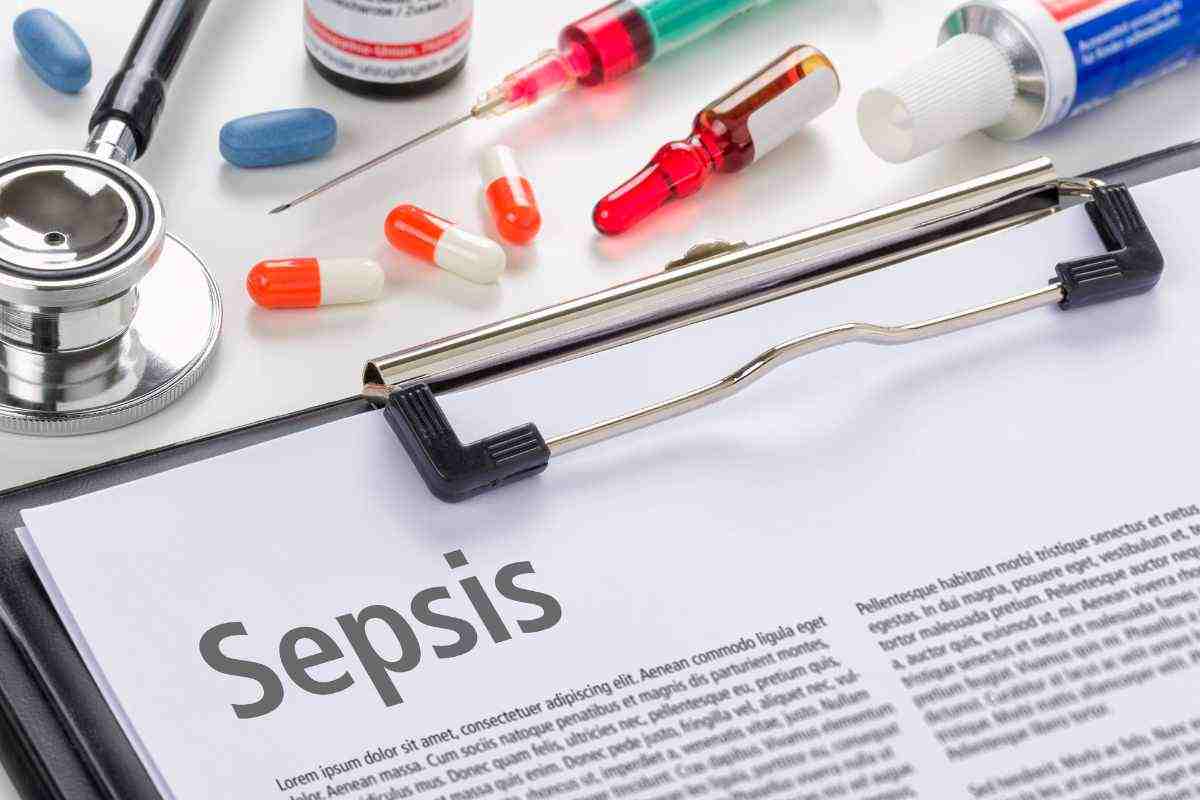Pop icon Madonna shocked fans when her manager, Guy Oseary, announced the sudden suspension of her Celebration Tour due to a severe illness. It has now been revealed that Madonna was diagnosed with sepsis, a bacterial infection that can be life-threatening if not treated promptly. Despite the setback, the singer appears to be on the path to recovery.
The highly anticipated Celebration Tour, which Madonna announced in January 2023, was set to make its way to Italy in November, with performances scheduled at the Assago forum on the 23rd and 25th. The tour serves as a compilation of the artist’s greatest hits spanning over four decades, attracting millions of eager fans worldwide.
Sepsis, according to the National Institute of Health, is an excessive inflammatory response by the body that can severely damage tissues and compromise overall health. It occurs when a localized infection spreads throughout the body, giving rise to a systemic infection. The body’s exaggerated inflammatory response puts the individual at risk of death if not treated immediately.
The main symptoms of sepsis include high or very low fever, chills, tremors, rapid heart rate, rapid breathing, and in severe cases, septic shock characterized by extreme weakness, disorientation, vomiting, difficulty breathing, and reduced urine output.
When sepsis occurs, organs and tissues within the body can sustain irreparable damage. Septic shock, which is characterized by a significant drop in blood pressure, can be life-threatening and requires immediate medical attention.
In Madonna’s case, the drug Narcan, a synthetic narcotic antagonist often used in opioid overdoses, played a crucial role in saving her life. The artist was found unconscious in her New York home, indicating the advanced stage of her sepsis, which was identified as acute septic shock. Treatment for sepsis varies depending on the underlying infection, the organs affected, and the severity of damage, but hospitalization is essential.
Upon hospital admission for sepsis, antibiotics, oxygen therapy, and intravenous fluids are typically administered. In critical cases, such as Madonna’s, vital functions are supported while the infection is treated. However, the mortality rate for severe sepsis remains high, standing at 4 cases for every 10 patients.
Antibiotic therapy is crucial in the treatment of sepsis, usually administered intravenously. Prompt initiation of antibiotics within an hour of diagnosis reduces the risk of complications. In some cases, broad-spectrum antibiotics are given initially while awaiting the results of blood cultures to identify the specific bacteria causing the infection.
Corticosteroids and insulin may be administered if required, while blood transfusions and dialysis may be necessary for blood purification. In cases where sepsis is caused by a viral infection, antibiotics are still administered due to the lack of specific antiviral therapies, relying on the immune system’s response to fight the infection.
Madonna’s journey to recovery serves as a reminder of the unpredictability of health and the importance of early intervention in cases of sepsis. Her fans worldwide eagerly await her return to the stage as she recovers from this serious illness.
